Exhibition of Jaguar-Un Totém De Mesoamérica Launched in the Hunan Museum
On July 1, the exhibition "Jaguar-Un Totém De Mesoamérica" was held in the Hunan Museum. On July 2, The opening ceremony was held with the participation of relevant leaders and experts from the Hunan Museum, the Consulate General of the United Mexican States in Guangzhou, the Art Exhibition China and the China Cultural Heritage Promotion Association.
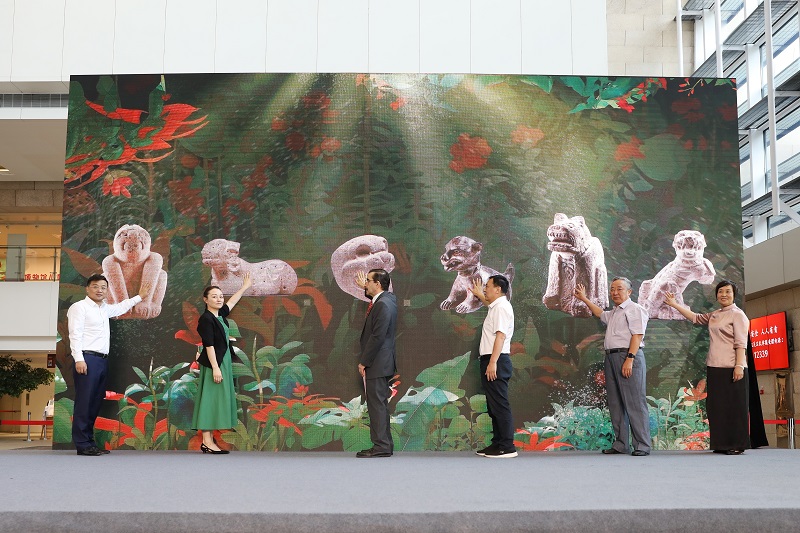
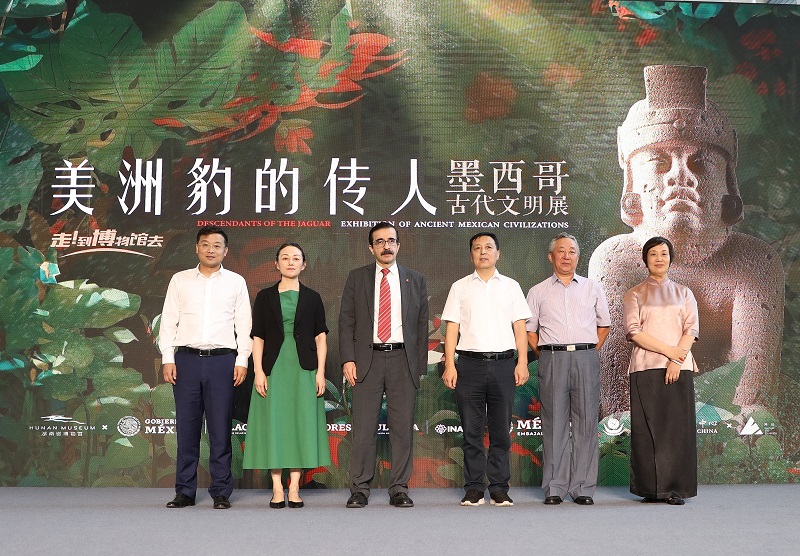
The exhibition is jointly organized by the Hunan Museum and the Escuela Nacional De Antropologia E Historia, bringing together 154 pieces(sets) of fine cultural relics collected by 9 Mexican Cultural Institutes. The exhibition features Jaguar, explains geographical environment, production and lifestyle, and spiritual beliefs of ancient Mexicans from cultural anthropological perspective, and traces back to the ancient culture of Mexican in different periods, regions and ethnic groups, shows magnificent and splendid ancient Mexican civilization to the Chinese audiences, and reveals the critical role of Jaguar in ancient Mexican social life.
Interpretation of the Exhibition
Unit One: the Civilization Created by Water
The birth of civilization has always been closely related to water. In the ancient civilization of Mexico, water was the pivot of human’s activities. The tropical wetland are green as jade, and the environment is very different from the Asian and African civilization, so the water in this land of Mexico hsa a different form and meaning. Rain is the origin of life, and it is also an important resource for the survival of ancient Mexicans, and the worship of rain God developed from it runs through the entire Mexican civilization.
Due to the special geographical location of Mexico, the underground water in the caves is extremely valuable, and the source of water is deemed to be related to the underground world. The Jaguar, which symbolizes the "night sun", is also believed to be the master of the underground world and underground water sources. The sacrificial activities accompanied by the worship of gods are the profound embodiment of the religious belief and spirituak world of the ancient Mexicans, and also the important content of their arts and crafts creation.
Water creates civilizations, breeds city-states, and nourishes life. People respect water, worship water, and give back to water, and together they have forged a splendid Mesoamerican civilization.
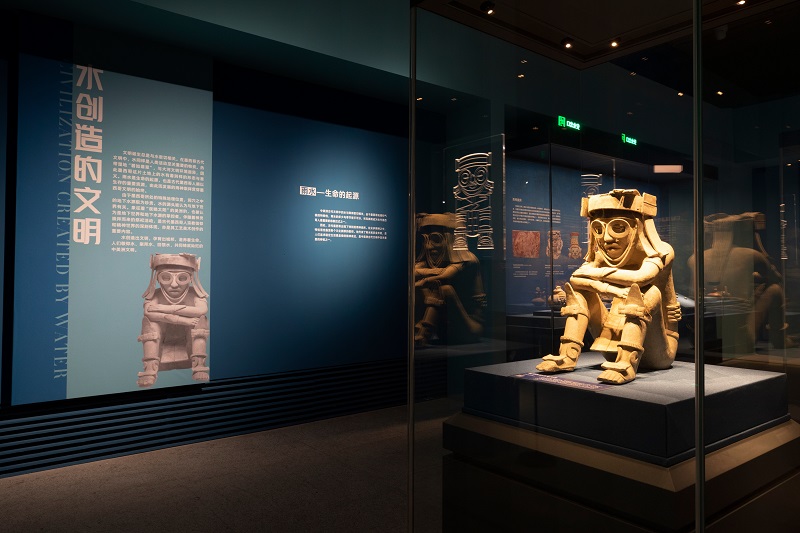
Unit Two: the Hometown of Corn
Mexico is the homeland of corn. Wild corn first appeared in Mexico. After continous cultivation and domestication, it became the main food crop of the ancient Mexicans, and then spread to North and South America, and then spread to all parts of the world by the Spaniards.
The process of domestication, cultivation and processing of corn was long and arduous, which led to the gradual deification of corn in the minds of ancient Mexicans. Many of the gods in ancient Mexican mythology were associated with the earth, water, drought, rainy season and other elements involved in the growth and production of crops. Ancient Mexicans still believed that human bodies were made of corns by gods. These perceptions were expressed in material civilization, which were decorative objects with corn elements on the images of gods, priests and royalty, as well as sacrificial tools, production equipment and living devices with corn patterns or corn shapes.
In ancient Mexican mythology, Jaguar is the master of the corn, taking charge of the corn, land, water and agriculture related resources. Plenty of sacrificial activities attribute to Mexican in-depth feeling towards corns, they held all kinds of ceremonies to pray for and celebrate the harvest, and hoped to be blessed and sheltered by Jaguar, Corn God, Rain God and other gods and ancestors .
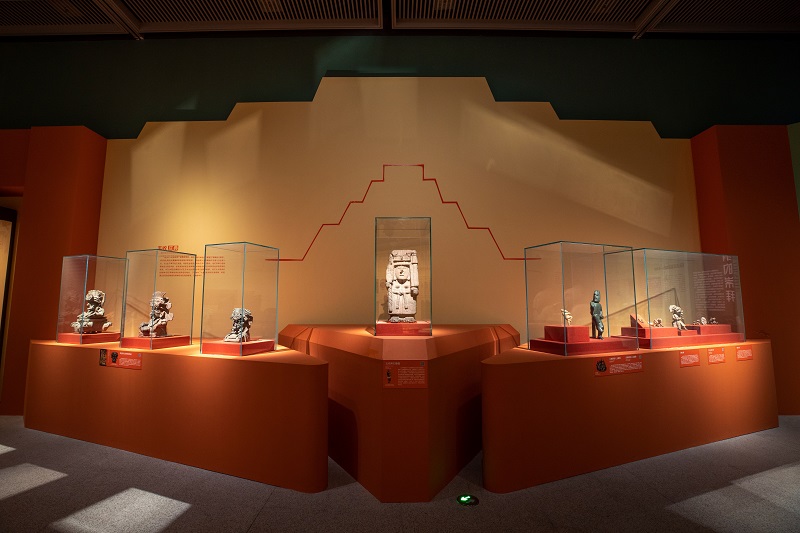
Unit Three: the Worship of Jaguar
In the living world of ancient Mexican, Jaguar, the king of jungle , was the dominator of nature and the eudemon of spiritual world. Olmec treated Jaguar as “the sun at night”, it had golden fur with black spots, which empowered them to walk through the darkness. Maya reckoned Jaguar was the soulmate of Shaman, and the best to show Shaman’s supernatural power. Aztecs deemed Jaguar as the symbol of a warrior. Human can be transformed into the Jaguar warrior, whose powerful attack power could help the army and soldiers.
The concept and myth of ‘baoren’ has been spread as early as the ancient Olmet culture period, which was embodied in the Jaguar’s head, human shaped body, sharp teeth, rough skin, and the image of ‘baoren’ has become more abstract and obscure. The appearance of the ‘baoren’ image reflects a power of fusion, hope and abstraction. In order to maintain this power, the ancient Mexicans held a series sacrificial ceremonies to the Jaguar. The ceremony is mysterious and solemn, becoming an important component of Mexican holiday celebrations and has continuted to this day.
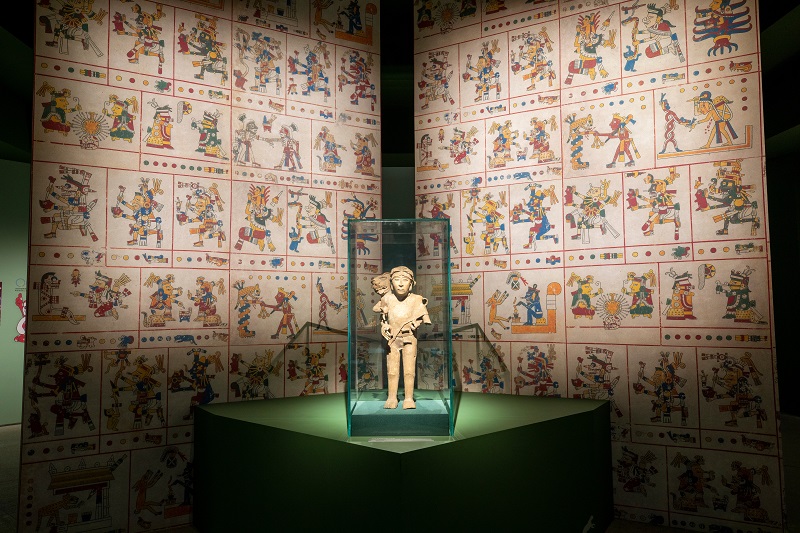
Digital Display
To further enhance the audience's experience of the unique charm of the exhibition and enhance the interactive experience, this exhibition has set up a projection area and a large interactive area for multiple people to answer questions
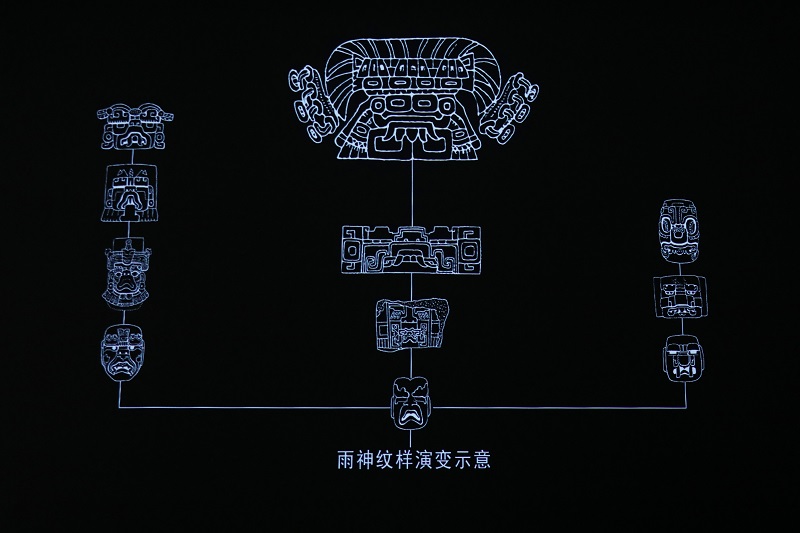
The projection area mainly displays the evolution map of Rain God and so on. The Rain God is a kind of natural god once believed in many parts of the world, and generally incarnates as a snake or a variant of a snake. The Rain God in Mexico is sometimes associated with the Jaguar, which also symbolizes rain and harvest. Due to the fact that agriculture in Mexico mainly relies on rainfall, the image of Rain God has long appeared in Mexican art. Tlāloc, the Rain God, was one of the most important gods in ancient Central American civilization, in charge of rain and agriculture. Its face is covered with a circular eye mask over its eyes, with long and pointed fangs, or holding lightning, water jars, and corn. It is precisely this unique appearance that makes it one of the most recognizable deities in the temple.
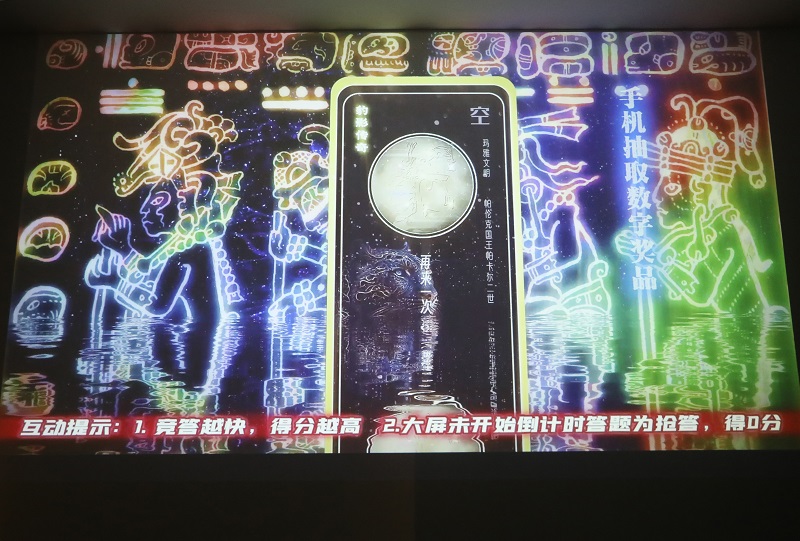
In the exhibition hall, the audience can take a time machine to travel to ancient Mexico, follow the footsteps of Jaguar, and start a mysterious journey to explore the ancient civilization of Mexico. The exploration journey of ancient Mexican civilization is divided into three parts: the first two parts are quizzes, and the third part is the challenge. In order to enhance the audience experience, the knowledge quiz covers three different content sessions.
The exhibition is open to the public from July 1, 2023 to September 17, 2023 in the 2nd Special Exhibition Hall on the first floor of the Hunan Museum, and visitors can purchase tickets by visiting the Hunan Museum's official website, official WeChat account, and Alipay.



